Every now and then, I think back on how fun it was running a Judo club and traveling around the country with my competitors twenty-five years ago. Going to tournaments is no longer fun. Traveling with a team stopped many moons ago. What in the world happened?
Back in the good ole days, all I had to do was tell my parents where we were going, when we were leaving, how much it was going to cost, and when we would return. We would do fundraisers- selling candy bars, recycling newspapers and aluminum cans- so that out of pocket expenses to parents were minimal. Coaches would take the team, and parents would stay home.
All our trips had a twofold purpose: to compete and win medals on the one hand, and to experience our country and learn new things on the other. I think we were successful on both accounts.
Before major events, we would spend Saturdays doing other sporting activities, and having fun. Soccer was a big part of our supplementary training. We also rock climbed, ran up hills kicking a ball, swam and explored our coastline, hiked trails, and performed strength and conditioning drills at our local high school.
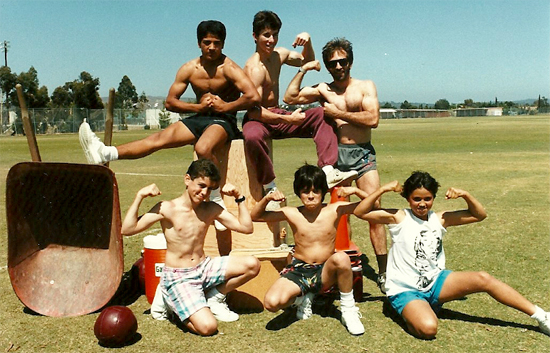
Fun workout featuring future U.S. World Team members Todd Brehe (top, middle) and Valerie Lafon (bottom, right)
On D-day, we would pile into my VW van, and head off to compete, sightsee, and win medals. Our longest trip was to the USJA Junior Nationals in Decatur, Illinois, which took 43 hours driving straight through the night, actually two nights. We slept in the van, and coaches took turns driving. Along the way we managed to stop to visit state capitols, climb hillsides, run a few sprints, or kick around a soccer ball. We made this trip three years in a row, and had a blast every time.
Our trip to Spokane, Washington for another Junior Nationals took us to California’s Sequoia National Park, where we slid down small rapids, and to Oregon’s Crater Lake where I jumped into 53 degree water and thought I would pass out from the shock. I stayed in the water long enough for one of my players to snap a picture. I think he took his time on purpose, probably payback for all the hard work I had put him through.
Shorter trips afforded us the luxury of sleeping in hotel rooms, where we piled coaches and players high and deep in rooms with an adjoining door so that I could keep tabs on all my children. Of course, back then we had no problem with coaches sharing rooms with boys and girls. Team spirit and keeping costs down were our main concerns. That would soon change. The end of our fun trips would come swiftly within just a few years.
At some point, parents changed drastically. No longer were they willing to stay at home while coaches and players took off. Parents were now more involved with their kids’ activities. They were also more leery and less trusting of coaches, as news filtered out to American parents that some coaches were sexually abusing their children. Forget about boys, girls, and coaches sharing rooms, and forget about little Johnny going to a tournament if his parents couldn’t make or afford the trip. Good coaches were being punished for the acts of a few rotten apples.
The whole notion of traveling together to develop team spirit and save money was unraveling. Some parents were opting to fly to tournaments, while others drove. New seat belt rules now made it illegal to put ten people into my van. The idea of making the trip an educational and cultural one disappeared as quickly when it became obvious that every family unit had its own agenda. Trying to figure out where we could all go to eat was a big enough nightmare.
As parents became more involved and took more and more control over their children’s schedule, they interfered more in more in our club’s competitive program. Team spirit building and educational activities disappeared. Little by little, the players from our glory years moved on with their lives. Our remaining competitors had never experienced the fun days.
As I look back fondly on the 1980s, I believe that the team spirit that our competition program developed was a large factor in producing good players. Three of our junior national competitors have gone on to represent the U.S. at World Championships or Olympics. Success bred success, but traveling and experiencing new things as part of a team was a strong motivator and a big part of our success.
Today, fewer of my players want to compete, let alone excel in national competition, and even if they did, we now have another obstacle to hurdle: silly IJF rules. It doesn’t help that I am not fond of the politics of Judo, and I’m getting old and tired. Still, deep down, I wish I could generate among some of my players the desire to excel at a high level. I’m realistic enough to realize that I can’t do it without developing team spirit, and getting parents to understand the difference between supporting their children and interfering with their development.

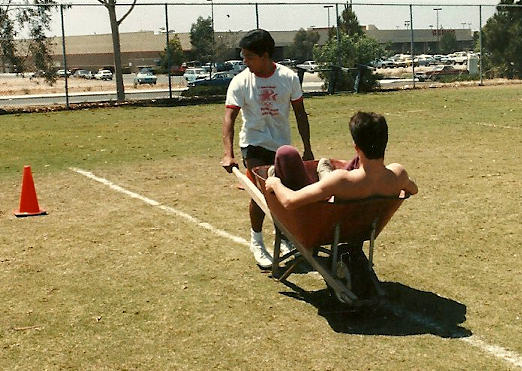
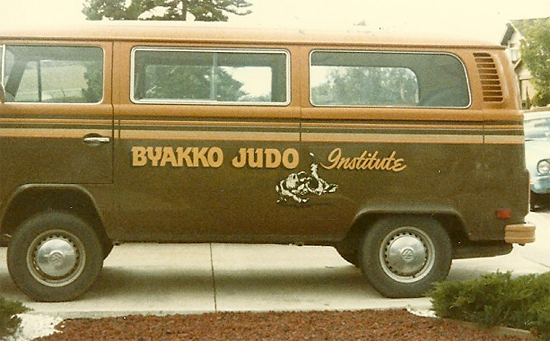

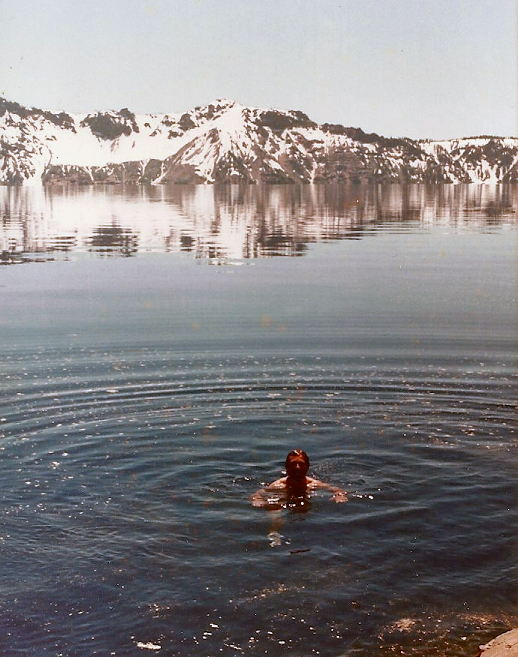
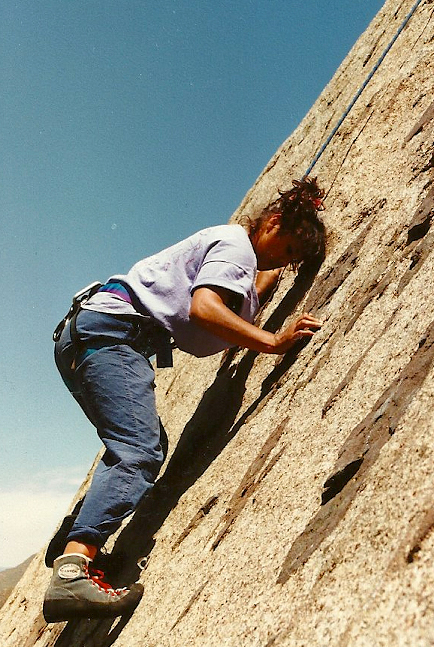
I’m glad you wrote about the good old days. I had no idea you used to operate like the trainers from European clubs. In central Europe, it’s easier to travel to training camps and tournaments by car or bus while keeping the cost low. Though with the gas price being double that of the U. S., it only makes sense to travel as a group. Traveling makes good players better and having a support structure is essential to creating an accomplished team. Though, without willing players, the structure can only do so much.